
Soil Health & Fertilization
We unite suppliers and green industry professionals worldwide
The Hawaiian Pothos is a striking, bold variety of pothos known for its rockstar good looks — large leaves of golden-green marbling. It is favored for houseplant enthusiasts who crave a tropical vibe inside.
By Mariam Scott
|Published on November 30, -1
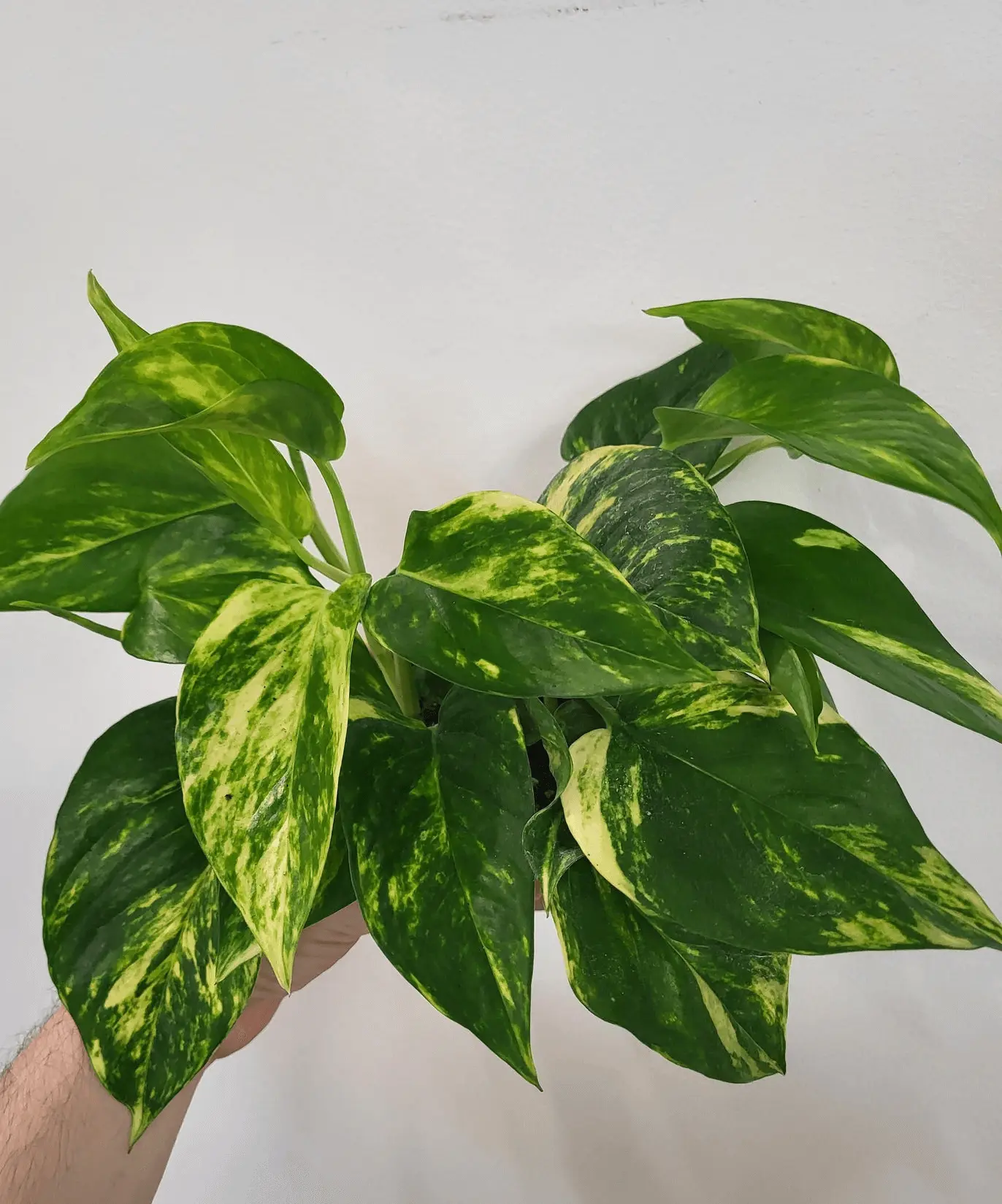

The Hawaiian Pothos (Epipremnum aureum ‘Hawaiian’) is a striking, bold variety of pothos known for its rockstar good looks — large leaves of golden-green marbling. Its leaves are bigger, lusher and more dramatic than standard pothos, making it favored for houseplant enthusiasts who crave a tropical vibe inside.
It’s one of the easiest houseplants to nurture but with an exotic, lush look. Hawaiian Pothos can be trained to climb moss poles, cascade from shelves or trail out beautifully in a hanging basket. With proper care, it quickly develops into a statement plant that infuses your home with energy and green.
Unlike some of those fussier tropical plants, Hawaiian Pothos is a forgiving grower. It tolerates a bit of neglect, the occasional missed watering and less-than-perfect lighting, which makes it a good option for busy people or for new plant parents.
| Scientific Name | Epipremnum aureum ‘Hawaiian’ |
| Common Name | Hawaiian Pothos |
| Full Size | 4-6 ft tall indoors (Longer if climbing or trailing) |
| Light | Bright, indirect light – will tolerate low light. |
| Soil | Well-draining potting soil with perlite or coco coir |
| Water | Moderate; allow topsoil to dry before watering |
| Hardiness Zones | 10–12 (grown as a houseplant elsewhere) |
| When it grows | All year, more vigorously in spring and summer |
| Color | Dark green with gold yellow variegation of the leaves |
| Growth Rate | Fast |

September 25, 2025
9 minute read
September 24, 2025
9 minute read
September 23, 2025
10 minute read
September 22, 2025
9 minute read


Join as a seller and connect with thousands of B2B buyers nationwide!
Sign Up
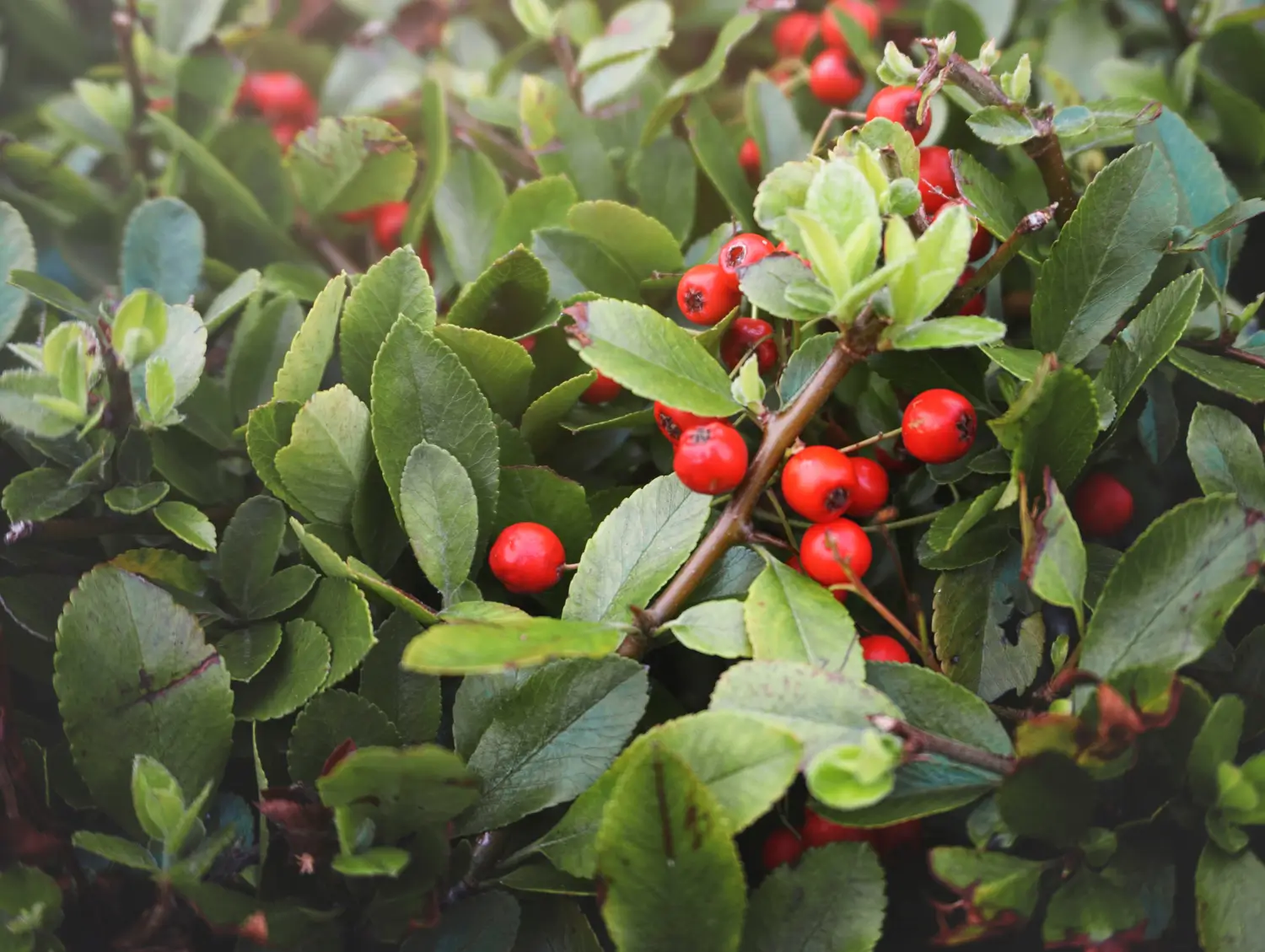
Ugni
A Sweet Little Shrub with Flavorful Secrets
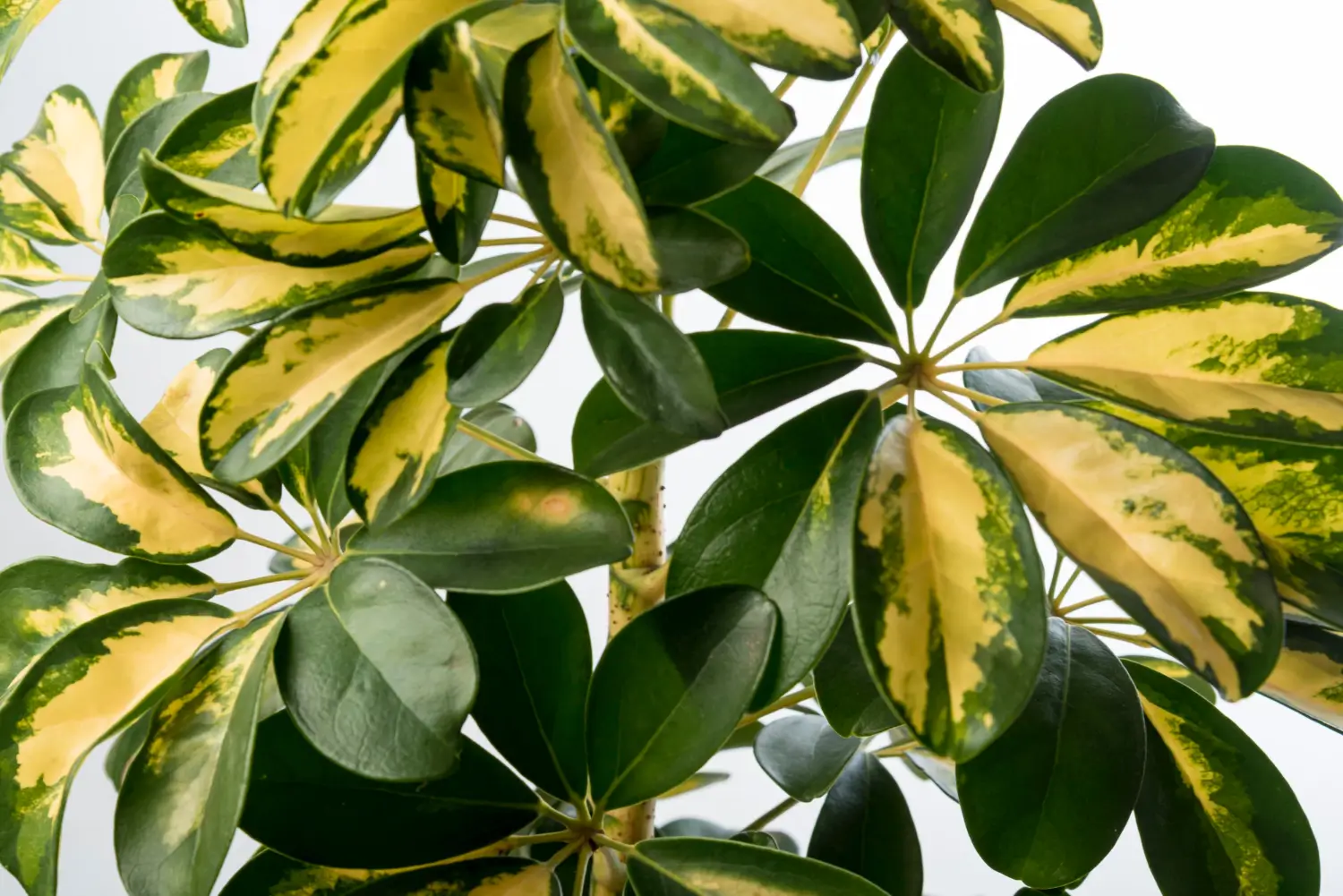
Variegated Fiddle Leaf Fig
A Stylish Houseplant With a Twist of Cream and Green
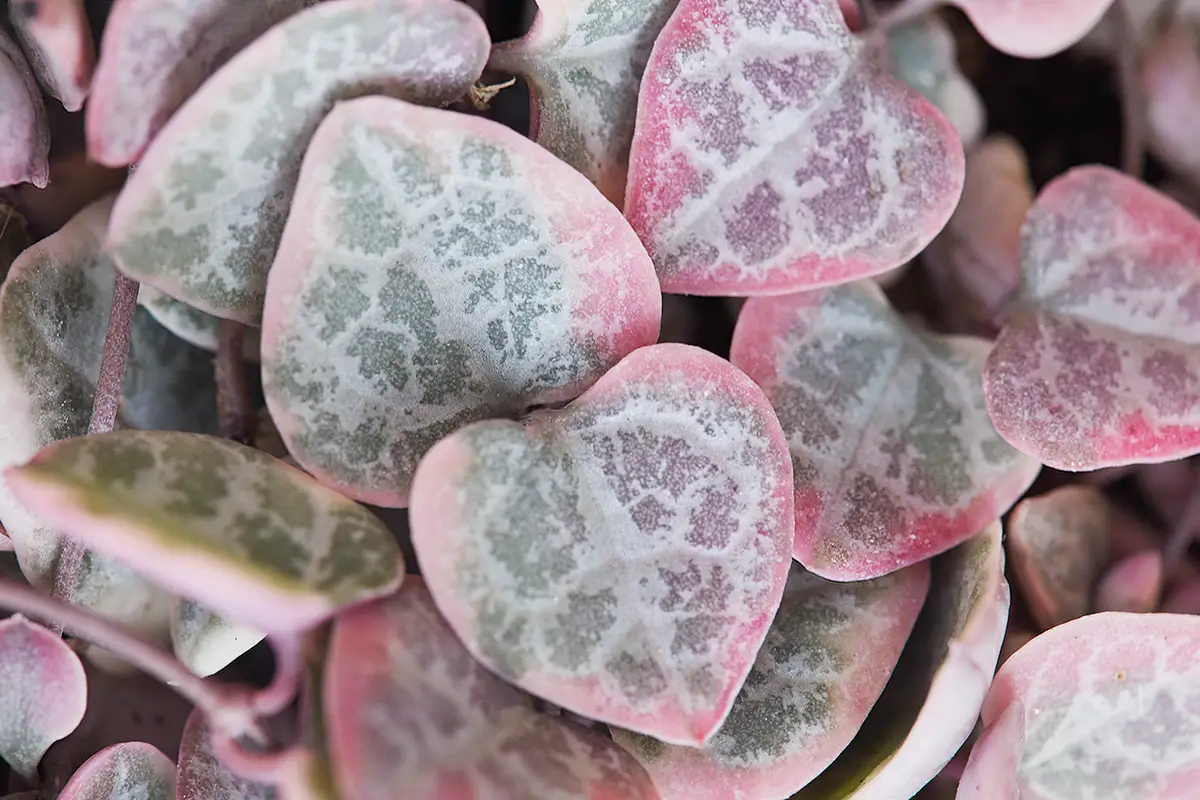
Variegated String of Hearts
A Cascading Beauty With a Name as Sweet as Its Leaves
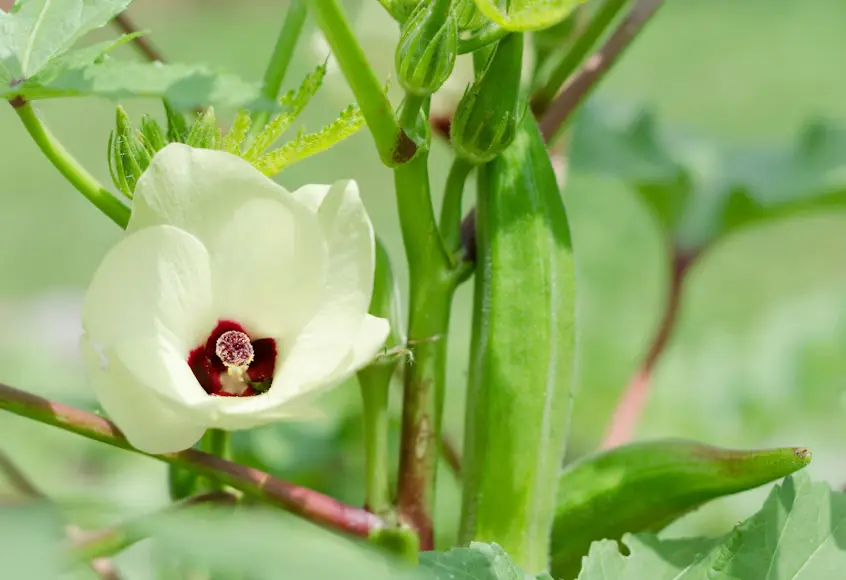
Okra
Okra (Abelmoschus esculentus) is a fast-growing, low-maintenance plant native to Africa that loves hot sunny climates and gives gardeners a bounty of edible pods all summer long.
Hawaiian Pothos is one of those plants that makes a lot of impact but doesn’t demand much in return. It’s a hardy, forgiving houseplant that tolerates varying environments well, which is why it tops many beginner’s lists. At the same time, if you do a few extra things for it — better light, the right kind of soil and some regular pruning — it will reward you with even bigger golden-streaked leaves that can become your homestead’s showpiece.
Taking care of Hawaiian Pothos is easy and low-stress, but as with any plant variety, giving it its ideal living conditions will help it grow into green plentifulness that’s sure to impress. It thrives indoors where temperatures are steady and conditions aren’t too extreme.
Taking care of Hawaiian Pothos is easy and low-stress, but as with any plant variety, giving it its ideal living conditions will help it grow into green plentifulness that’s sure to impress. It thrives indoors where temperatures are steady and conditions aren’t too extreme.
Hawaiian Pothos thrives in right light and benefits from bright, indirect light, This keeps its variegation bold and its leaves full size. While it can survive in low-light corners, the leaves may turn more plain green and growth will slow down. Protect from strong, direct sunlight, as it will burn the foliage.
Optimal soil for Hawaiian Pothos is loose, airy and draining. High quality indoor potting mix works well, especially when mixed with perlite or coco coir. This prevents water from sitting around the roots, which can lead to rot. The soil should stay moist but never soggy. For best results, you can plant it in a high-quality potting mix like Mother Earth Groundswell Performance Soil, which provides aeration and drainage while retaining just enough moisture.
Hawaiian Pothos prefers a balanced amount of water.
Water when the top 1-2 inches of soil are dry.
Make sure there is no more water remaining in the pot.
In winter, reduce watering slightly as growth slows down.
Leaves wilt when lacking water, and turn yellow if being overwatered. It is a matter of balance, since a good balance keeps the plant healthy and green.
Pruning not only maintains Hawaiian Pothos appearance but also promotes a fuller, leggier growth. Use your clean scissors to trim back leggy vines or yellowing leaves. A sharp pair of garden trimmers or pruning shears makes pruning easier and prevents tearing the stems, which helps the plant recover quickly. This plant can handle a good haircut and will bounce back quickly.
Tips for pruning:
The wonderful thing about Hawaiian Pothos is how easy it is to share. If you fall in love with this plant (and it’s hard not to), you can have a lot more of them without much effort. Propagating isn’t just a way to multiply your collection; it can also be an excellent way of rejuvenating an older plant by cutting back and rooting new growth. Even beginners are almost guaranteed a win on their first try, which is why so many people call pothos “the ultimate starter plant.”
How to propagate:
Hawaiian Pothos makes a delightful pot plant and that is just one of the reasons it has dominated our homes and offices. Its flowing vines appear dramatic in a hanging basket, and when provided with a moss pole or trellis, the plant contently climbs upward while unfurling larger and larger leaves. Growing it in pots also makes care easy—you can move the plant around to catch the best light and repot when needed to keep it thriving. For best results, choose from pots and containers that provide good drainage and enough space for roots to expand.
Tips for potted growth:
Since it is a tropical plant, Hawaiian Pothos will not survive the cold. Throughout most of the regions, it is strictly an indoor plant all year long. During colder months, it may slow down growth, but keeping it in a warm, bright spot indoors will help it stay healthy until spring. Keep plants away from drafts, cold windows and don’t let the soil remain too wet in winter.
Hawaiian Pothos almost never flower indoors, and most people grow it for its lush tropical greenery rather than blooming. In habitat, it can make very long spadix-like blooms, but as a houseplant what is most cherished are its dramatic golden leaves and bushy growth.
Hawaiian Pothos is tough, but issues can arise – most often from watering or light. Most issues are easy to fix with a few adjustments.
Common problems include:
The Hawaiian Pothos is a tropical beauty that combines bold looks with low-maintenance care. Its golden-stripe leaves and fast-growing vines make it one of the most satisfying houseplants you can grow. It makes an ideal trailing, climbing or pot display and will fit perfectly even in your small space lifestyle.
What makes it extra special is its forgiving nature — a little neglect can be tolerated and the plant will still thrive. Whether you’re a newcomer beginning your plant journey or an advanced collector searching for something dramatic, Hawaiian Pothos serves up a mix of beauty and toughness.
Hawaiian Pothos is not just a horticultural decoration, however: it’s a living part of nature that can make your home greener and more calming, and it adds life to any room.
Yes, but the leaves will be smaller and less variegated. Bright, indirect light is best.
Give a balanced dilute houseplant fertilizer feed every 4–6 weeks in spring and summer.
Yes, just like all pothos, this one is toxic to cats and dogs when eaten. Keep it out of reach.
It can tolerate normal indoor humidity, but misting occasionally or placing near a humidifier keeps leaves lush and prevents browning tips.

Soil Health & Fertilization
Victor Miller

Pest Identification & Prevention
Victor Miller

Lawn Care Tips & Maintenance
Victor Miller

Soil Health & Fertilization
Victor Miller

Smart Irrigation Systems
Victor Miller

Patios, Walkways & Driveways
Victor Miller

Soil Health & Fertilization
Victor Miller

Pest Identification & Prevention
Victor Miller
My Account
Our team is always here to help.
We are open Monday - Friday, 9:00 AM to 4:30 PM PST.